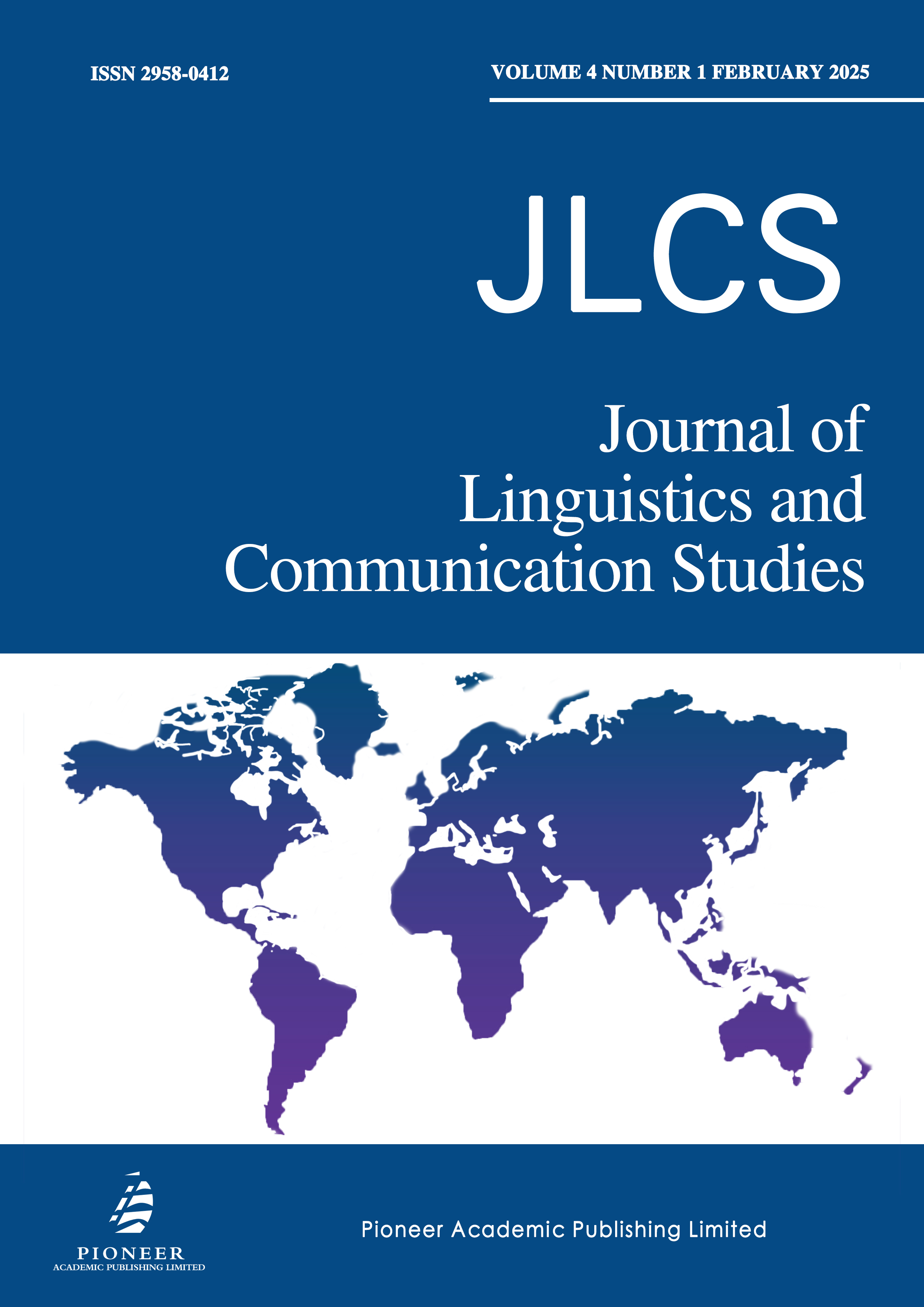Unveiling the Conceptual Metaphors in Political Discourse: A Fresh Perspective
Keywords:
critical metaphor analysis, conceptual metaphor, critical discourse analysis, political speech, metaphor purposesAbstract
Conceptual metaphor has been widely acknowledged as a critical rhetorical device for achieving persuasive effects in political discourse. This study proposes a new and comprehensive perspective that directly analyzes the possible reasons for the occurrence of conceptual metaphors and their impacts from three interconnected dimensions of discourse: “textual”, “discursive practice”, and “social practice”. Furthermore, to assess the feasibility of this framework, the study conducts a comparative analysis of two political speeches delivered by the Australian prime minister Antony Albanese, which serve as a typical form of political discourse, aiming to investigate the similarities and differences in the conceptual metaphors employed, as well as the underlying causes and roles. The analysis reveals that both speeches frequently utilize structural and ontological metaphors, while orientational metaphors are rarely employed. Additionally, the two speeches exhibit significant overlap in their use of specific metaphors, such as the JOURNEY metaphor. This similarity can be analyzed from multiple perspectives within this framework since there are resemblances between the two speeches such as genre, general topic, the process of discourse production and distribution. The variance across three dimensions in the two speeches also results in variations in metaphor selection. This research contributes to Conceptual Metaphor Analysis (CMA) by developing an integrative approach that bridges textual semantics with cognitive processes and social contexts. The proposed framework not only elucidates the socio-cognitive motivations underlying metaphorical choices but also demonstrates how such linguistic devices mediate between political ideology and public perception.


